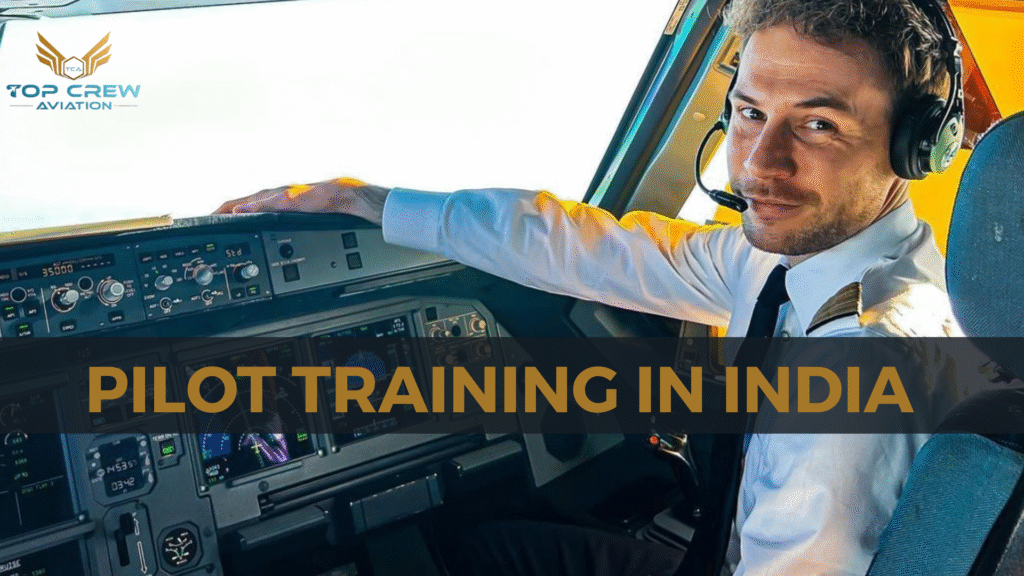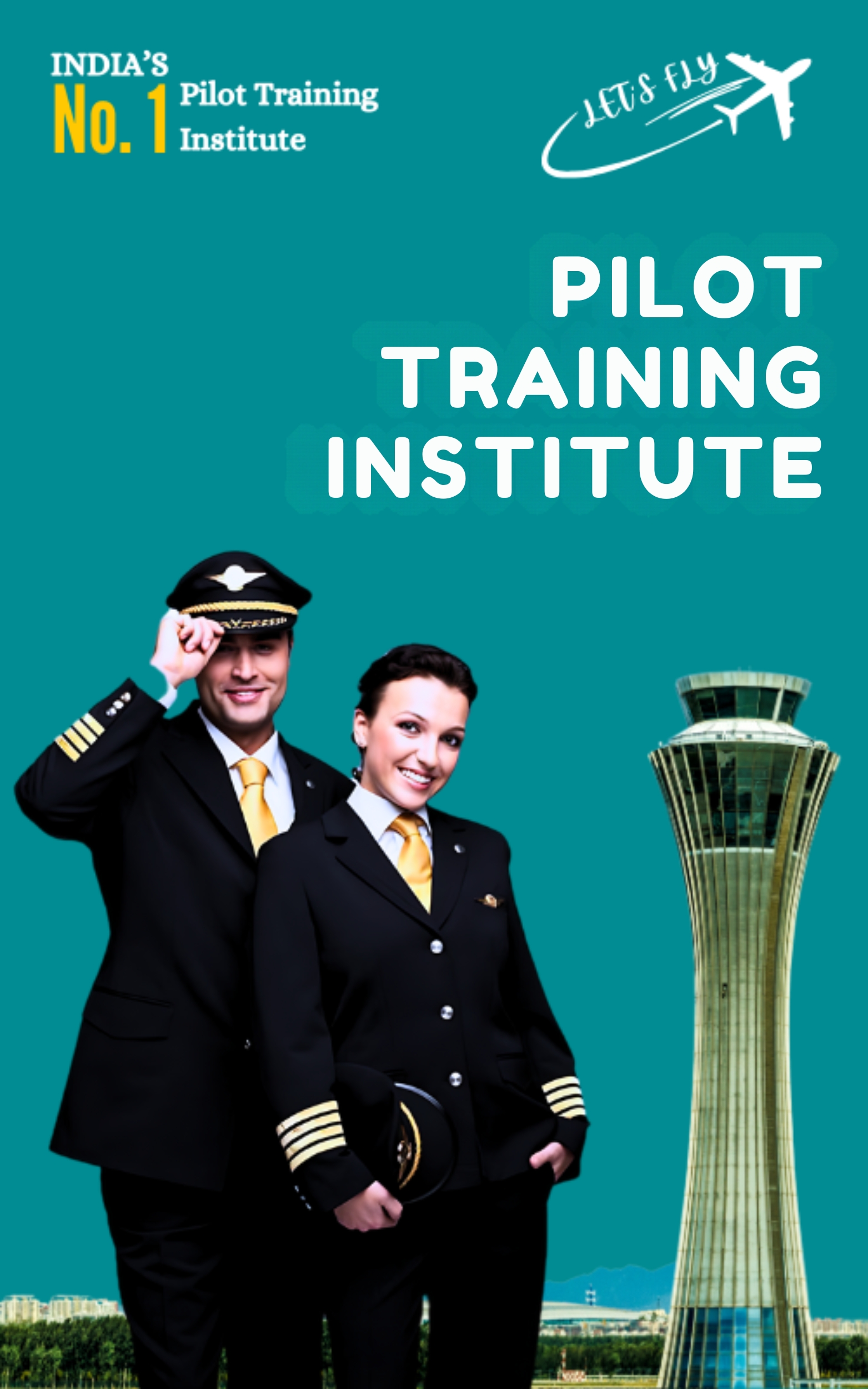Pilot Training in India: Everything You Need to Know About the Best Institutes
Becoming a professional pilot is the dream of many aviation enthusiasts around the world. In India, with its rapidly growing aviation sector, the demand for skilled and qualified pilots is increasing exponentially. However, achieving this dream requires proper Pilot training, certification, and practical experience — all of which you gain by enrolling in a pilot training institute.
If you are eager to know which is the best pilot training institute in India, how to select one, and what to expect from pilot training courses, you are in the right place. This guide is designed to help aspiring pilots understand the journey from ground school to the cockpit and help you choose the right Pilot institute for your aviation career.
Why Pursue Pilot Training in India?
India’s aviation sector has witnessed remarkable growth over the past decade. With an expanding network of domestic and international airlines, government initiatives to boost regional connectivity, and rising air passenger traffic, the country has become one of the world’s largest aviation markets.
Advantages of Training as a Pilot in India:
- Cost Efficiency: Pilot Training in India is significantly more affordable compared to training in Western countries such as the USA or UK.
- Regulatory Recognition: Institutes regulated and approved by the Directorate General of Civil Aviation (DGCA) ensure that licenses you earn are recognized worldwide under the ICAO framework.
- Experienced Faculty & Instructors: India boasts many experienced instructors, often trained internationally, who provide quality training.
- Career Opportunities: Major Indian airlines and several international airlines recruit pilots trained in India, offering great job prospects.
- Growing Aviation Ecosystem: The government’s push for infrastructure growth and new airlines entering the market means pilots trained now have a bright future.
Types of Pilot Licenses in India
Before you choose a pilot training institute, it’s important to understand the different pilot licenses you can earn in India and the typical progression from beginner to professional pilot. Each license has its own privileges, training requirements, and career scope. Here’s a clear breakdown:
1. Student Pilot License (SPL)
This is the first license you need to start flying lessons. The SPL allows you to fly only under the supervision of an instructor—you cannot fly solo or carry passengers yet. It ensures you meet the basic medical and knowledge requirements before actual flying.
- Minimum Age: 16 years
- Purpose: To begin flight training safely under supervision
- Validity: Usually 24 months
2. Private Pilot License (PPL)
The PPL lets you fly solo and carry passengers but only for non-commercial, private purposes. This license is a significant milestone, showing you have the skills to operate an aircraft independently.
- Flight Hours Required: Typically 40-60 hours
- Privileges: Fly privately, carry family and friends, but no payment is involved
- Eligibility: Usually after completing SPL and passing ground exams
3. Commercial Pilot License (CPL)
The CPL is your professional license. It authorizes you to be paid for flying and work for airlines, charter companies, or cargo operators.
- Flight Hours Required: Generally 200-250 hours including night and cross-country flying
- Training Includes: Advanced theory exams on air law, navigation, meteorology, and aircraft systems
- Medical Standard: Class I medical certificate (highest level)
- Career Use: Entry-level commercial pilot jobs such as first officer positions
4. Airline Transport Pilot License (ATPL)
The ATPL is the highest pilot license and allows you to command commercial airliners as a captain.
- Flight Hours Required: Minimum 1500 hours
- Exams: Advanced theory and practical tests
- Frozen ATPL: Many pilots obtain a “frozen” ATPL after passing exams, which becomes unfrozen after meeting hour requirements
- Responsibilities: Full command of commercial flights, responsible for crew and passenger safety
| License | Minimum Age | Flight Hours Required | Privileges | Career Scope |
| Student Pilot License (SPL) | 16 | N/A | Fly only under instructor supervision | Begin training |
| Private Pilot License (PPL) | 17 | 40-60 | Fly solo & carry passengers privately | Recreational flying |
| Commercial Pilot License (CPL) | 18 | 200-250 | Fly commercially and get paid | Professional pilot |
| Airline Transport Pilot License (ATPL) | 21+ | 1500+ | Command commercial airliners | Captain of commercial airlines |
Knowing these license types will help you plan your training path better and understand what each step means for your future as a pilot. Most aspiring pilots start with an SPL, progress to a PPL, then complete their CPL for professional opportunities, and eventually aim for an ATPL to become airline captains.
How Long Does Pilot Training Take?
The duration of pilot training in India can vary depending on the type of course you choose and the training institute. Here’s a simple breakdown of typical timelines:
- Private Pilot License (PPL):
Generally takes 6 to 12 months to complete. This includes both ground school (classroom theory) and flight training. The focus here is on learning the basics of flying and solo flight experience. - Commercial Pilot License (CPL):
Usually requires 18 to 24 months to finish. This period covers advanced ground school topics, additional flying hours including night and cross-country flying, and simulator training. CPL training prepares you to fly professionally and handle complex flight operations. - Integrated Pilot Training Courses:
Some institutes offer integrated programs that combine PPL and CPL training into a streamlined course, typically completed within 2 years. These courses are designed for students starting fresh and aim to take you from zero flying experience to a commercial pilot license efficiently.
Factors Affecting Pilot Training Duration:
The actual time you take to complete your pilot training depends on several factors, such as:
- Weather conditions — bad weather can delay flying lessons
- Student’s learning pace and ability to clear exams
- Aircraft availability and maintenance schedules at the training school
Being consistent and dedicated can help you complete your training smoothly within these timeframes.
Key Features to Look for in the Best Pilot Training Institute in India
Selecting the right Pilot institute is vital to ensure quality Pilot training and future success. Here’s what you should look for:
1. DGCA Approval & Recognition
Only choose institutes approved by the Directorate General of Civil Aviation (DGCA), India’s aviation regulatory body. This guarantees that your pilot license will be valid and internationally recognized.
2. Modern Fleet & Flight Simulators
The best pilot institutes maintain a fleet of updated training aircraft, usually single-engine and multi-engine planes equipped with modern avionics. Additionally, advanced flight simulators provide risk-free environments to practice emergency procedures and complex maneuvers.
3. Experienced Instructors & Mentors
Learning from instructors with commercial flying experience and teaching expertise greatly enhances your learning curve. Institutes with industry veterans on board are preferred.
4. Comprehensive Curriculum
Look for pilot courses that balance theoretical knowledge (navigation, meteorology, aviation regulations) with practical flying training.
5. Placement Assistance & Airline Tie-ups
Some pilot institutes have collaborations with airlines for placements or provide career guidance, mock interviews, and aptitude test preparation.
6. Infrastructure & Facilities
Classrooms, briefing rooms, hostels, medical facilities, and libraries contribute to a conducive learning environment.
7. Safety Standards & Discipline
A strict safety culture and emphasis on discipline prepare you for professional aviation standards.



